Columbian artist Doris Salcedo’s “Shibboleth” (2007) is a long, deep fissure carved into the floor of London’s Tate Modern Museum. Without overt political symbols, this work uses absence, fracture and silence as metaphors for the collective wounds that official histories often hide. (Image: Doris Salcedo)
When truth becomes dangerous, artists still find ways to carry it.
When the cost of truth is exile, imprisonment or death, artists have learned to say what must be said, without saying it outright.
This isn’t avoidance. It’s survival. It’s strategy.
Some knowledge can’t be printed, posted or shouted. So, it’s sung. Enacted. Coded. Painted in fragments. Hidden in metaphor.
Testimony goes underground, not to disappear, but to wait.
Palestinian poet and author Mahmoud Darwish (1941-2008) was considered a “resistance poet.” Darwish’s political advocacy brought him a great deal of negative Israeli attention. He was placed under house arrest when his poem “Identity Card” was turned into a protest song. (Image Source: Jadaliyya)
Why does truth need to hide?
We know authoritarian regimes don’t just use violence. They erase the language that can describe it.
If people cannot name what is happening, they cannot resist it. And often, they begin to doubt their own experience.
Some knowledge can’t be printed, posted or shouted. So, it’s sung. Enacted. Coded. Painted in fragments. Hidden in metaphor.
Mexican architect Luis Barragán blended modernist geometry with traditional materials and spiritual nuance. He quietly defied the homogenizing forces of Mexico’s post-revolutionary nationalism and infused his work with personal and cultural layers of resistance. (Image: Kirk Chantraine)
Where is truth hiding now?
We see resistance in protest murals that are painted overnight and erased by morning.
We detect forbidden ideas in works of fiction and film. Reality finds its way to us in memes, dances and stories that carry more than they seem to.
Sometimes it slips into a melody, a metaphor or a silent gesture because that’s the only way it can survive.
The arts are still offering refuge and are still speaking through disguise.
As part of its anti-apartheid season in 1973, London’s Royal Court Theatre presented “The Island” and “Sizwe Banzi Is Dead” by playwright Athol Fugard and actors John Kani and Winston Ntshona. Kani and Ntshona went on to jointly win a 1975 Tony Award for Best Actor in a Play. (Image: Royal Court Theatre)
How artists hide truth.
Artists have always protected dangerous meaning by disguising it … not to weaken it, but to help it survive.
We have used:
- Symbol and metaphor: Hiding meaning in nature or myth. (“The tree bends under ice but doesn’t break.”)
- Allegory and structure: Telling one story while gesturing toward another. (“A puppet show about wolves and sheep, while the soldiers watch, laughing.”)
- Emotion: Evoking the grief or rage of injustice when the facts must stay buried. (“A single violin wails where names can’t be spoken.”)
Ethiopian artist Julie Mehretu’s paintings layer architectural plans, maps and calligraphic marks. Works like “Stadia II” (2004) appear abstract but conceal references to geopolitics, migration, war and urban conflict. Her method encodes unrest and displacement into seemingly impersonal visual systems.
What stories in disguise have you found?
What forms of resistance have whispered their truths when no one else could speak them?
In my next Abbetuck POV Blog post, we’ll explore how artists build shared languages … and how these quiet codes become loud legacies.
We’ll meet artists who didn’t shout. They staged resistance, sang elegy and let silence speak louder than law.
Will you carry the truth, too?
Randall White
Abbetuck


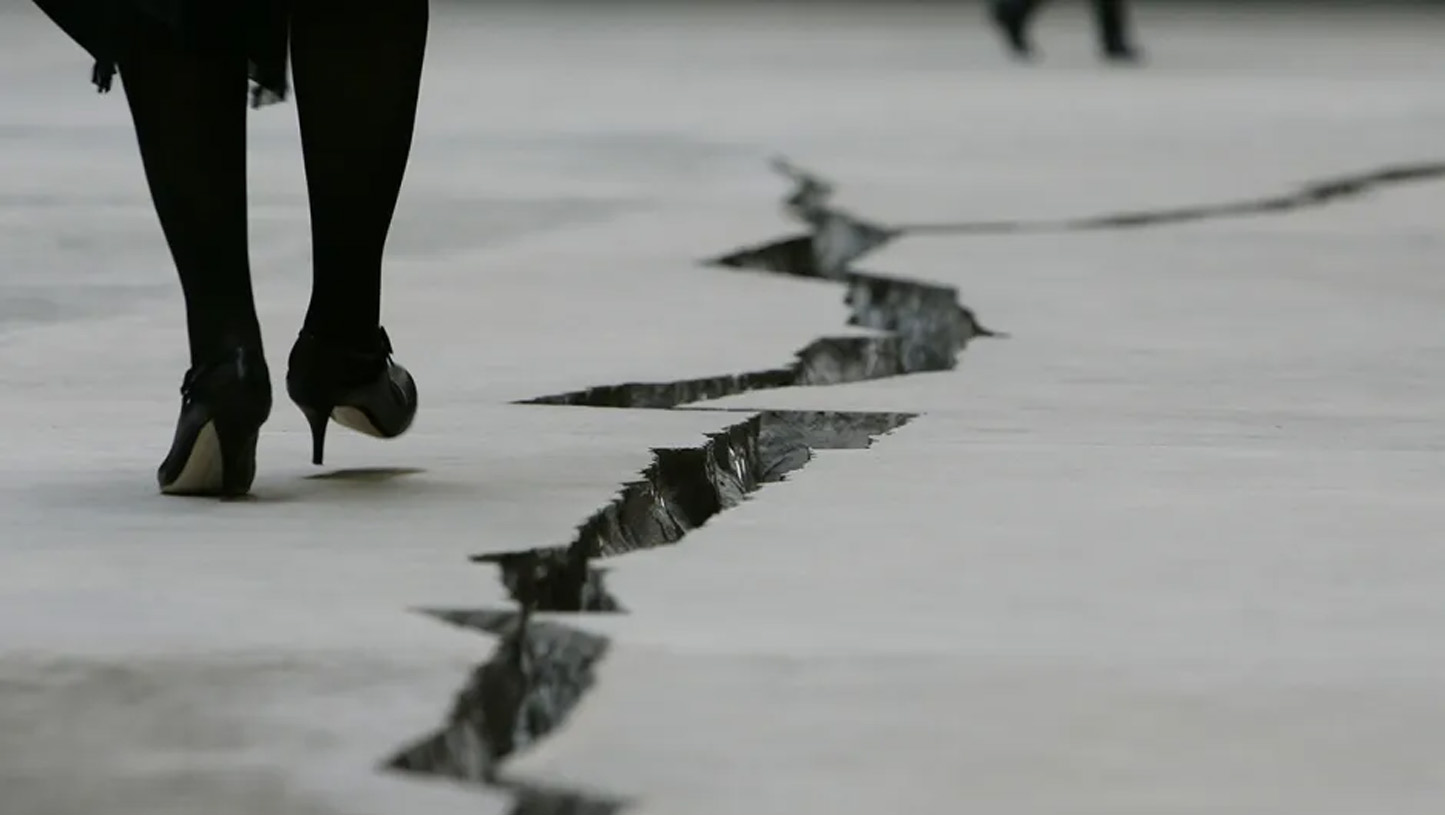
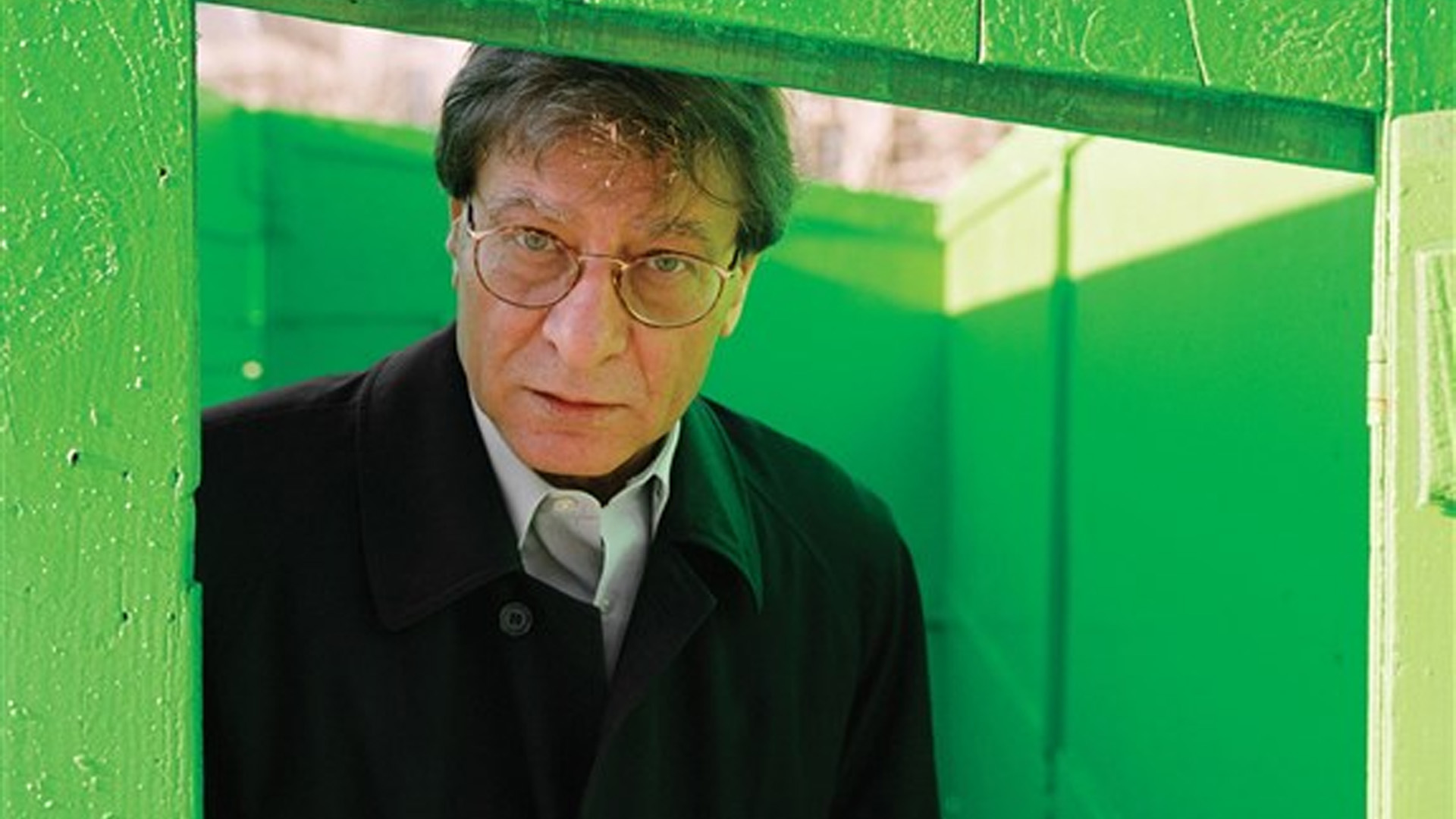
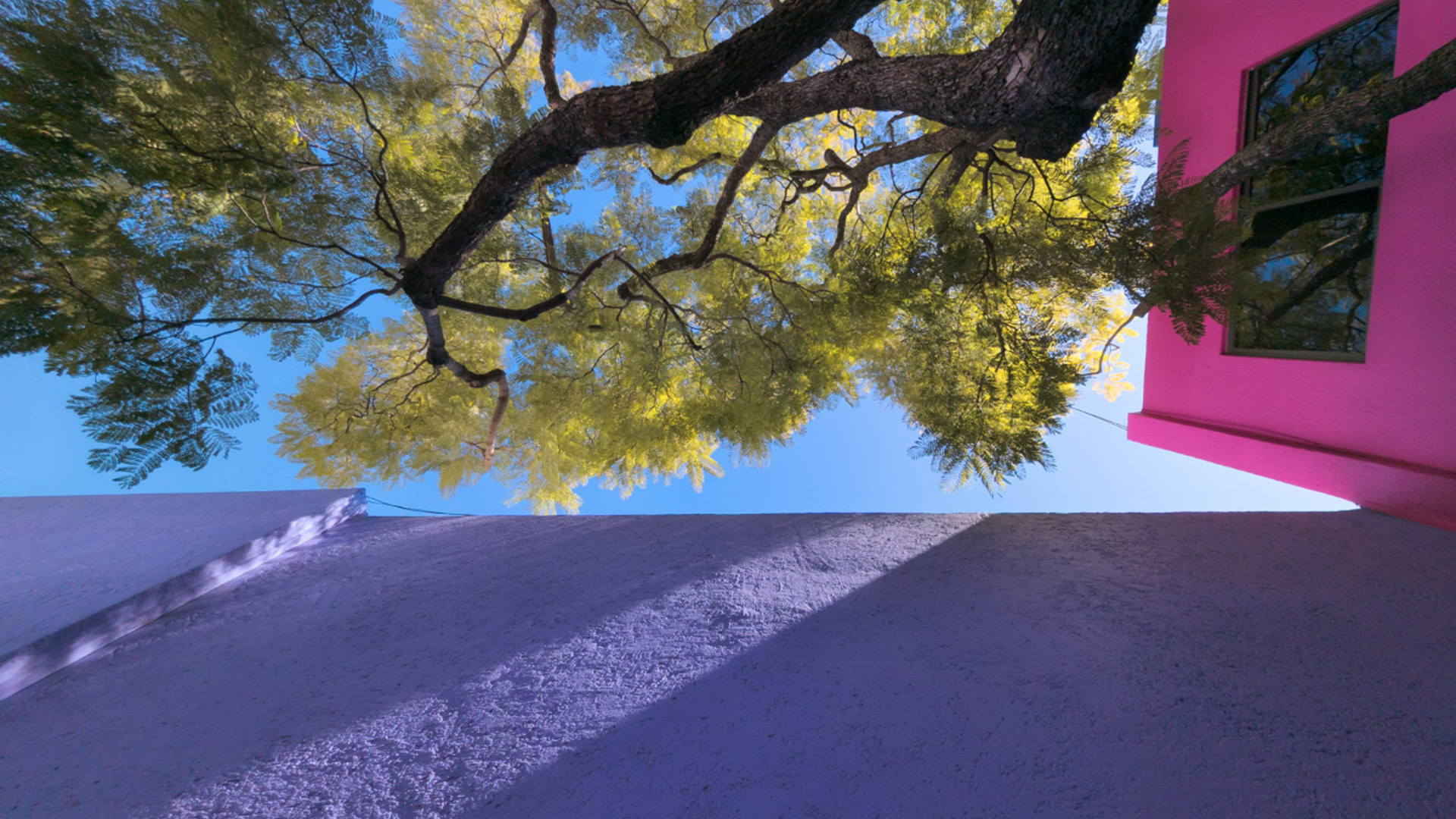
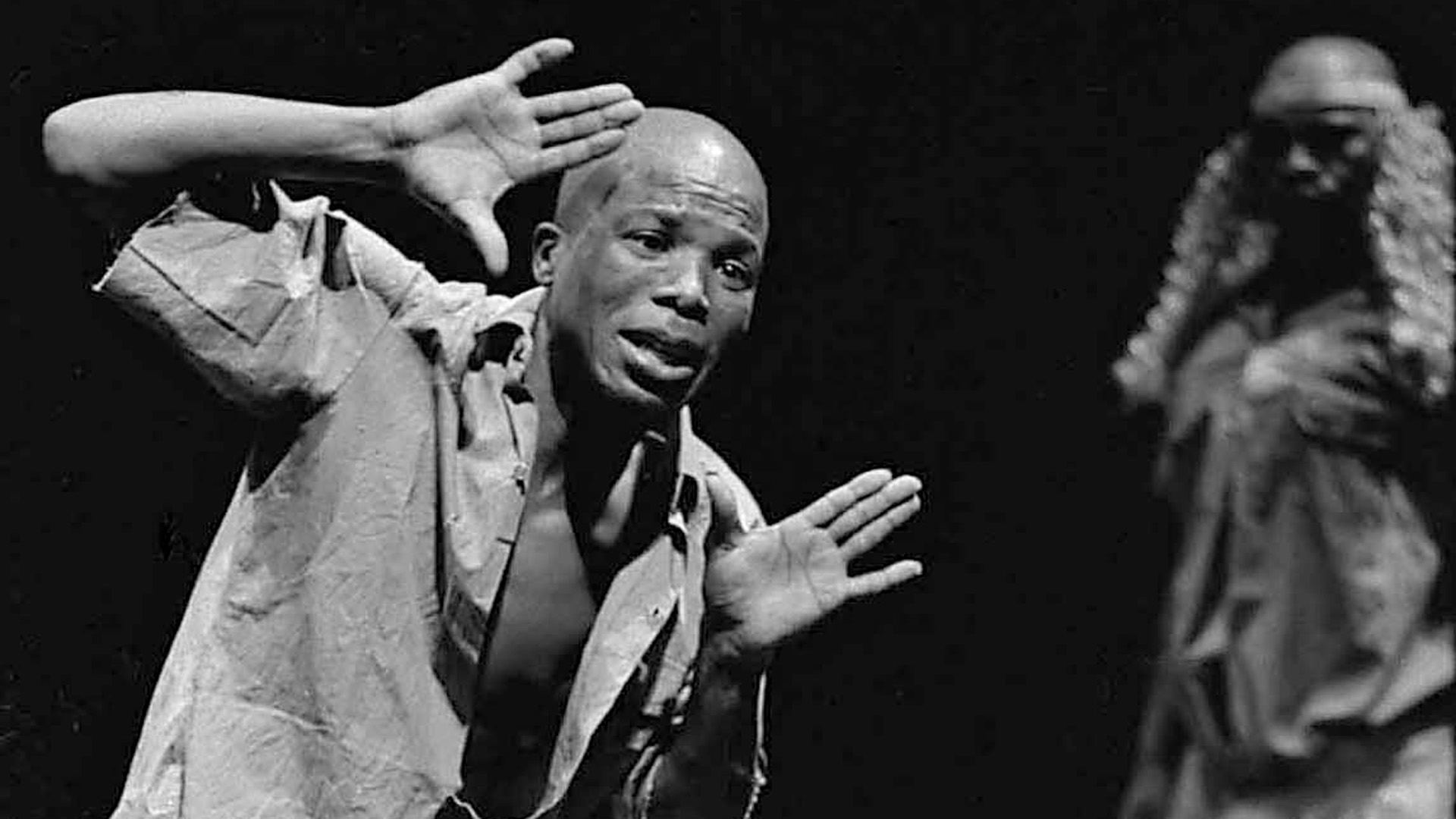
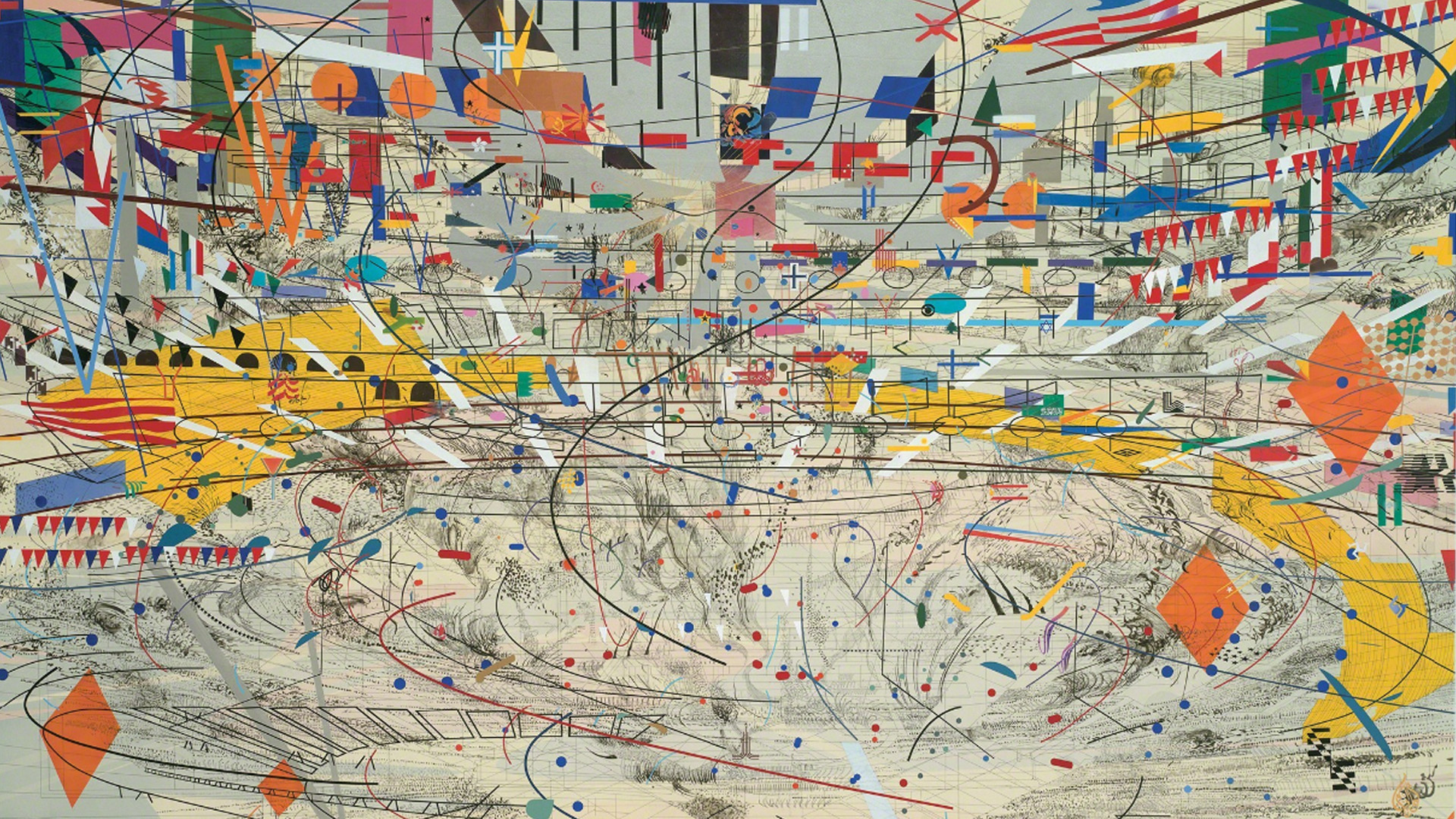

No responses yet